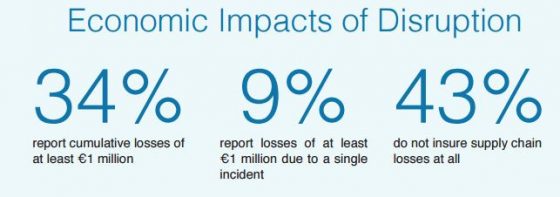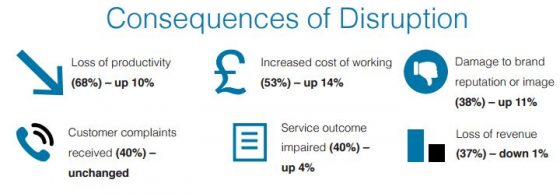A 2013 piece on the role of women in risk management remains the most controversial article we’ve ever run in Risk Management magazine and the one that received the most comments and letters to the editor, hands down. Many of those reader comments were…let’s just say less than kind or receptive.
Today, International Women’s Day, offers the perfect opportunity to revisit that article, Woman at Work: Why Women Should Lead Risk Management, and some of our more recent coverage of pressing issues like the wage gap and gender parity at the board level.
The significance of this conversation is ever clearer, given not only the political climate and regulatory concerns, but also the simple data about the bottom line. Just last year, the Peterson Institute for International Economics and EY found that almost a third of companies globally have no women in either board or C-suite positions, 60% have no female board members, 50% have no female top executives, and less than 5% have a female CEO. After analyzing 21,980 publicly traded companies from 91 countries and a wide range of industries, their report, Is Gender Diversity Profitable? Evidence from a Global Study, found that organizations with leadership that is at least 30% female could add up to 6 percentage points to its net margin.
“The impact of having more women in senior leadership on net margin, when a third of companies studied do not, begs the question of what would be the global economic impact if more women rose in the ranks?” said Stephen R. Howe Jr., EY’s U.S. chairman and Americas managing partner. “The research demonstrates that while increasing the number of women directors and CEOs is important, growing the percentage of female leaders in the C-suite would likely benefit the bottom line even more.
”
While study after study comes to similar conclusions, a recent report from EY explored why businesses need gender diversity for the innovation to thrive. Five disconnects continue to hold businesses back from achieving gender diversity on their boards, the firm found:
- The reality disconnect: Business leaders assume the issue is nearly solved despite little progress within their own companies.
- The data disconnect: Companies don’t effectively measure how well women are progressing through the workforce and into senior leadership.
- The pipeline disconnect: Organizations aren’t creating pipelines for future female leaders.
- The perception and perspective disconnect: Men and women don’t see issues the same way.
- The progress disconnect: Different sectors agree on the value of diversity but are making uneven progress toward gender parity.
Check out some of our previous coverage of key issues regarding women in business and risk management specifically:
Equal Work, Unequal Pay: Risks of the Gender Wage Gap
The Wage Gap in the Boardroom
Is the Insurance Industry Improving for Women?
Boards Still Lagging on Gender Parity
Preparing for New Pay Equity Requirements




 woman was killed by a falling tree in the San Francisco Bay area on Jan. 9; another woman was struck and killed by a falling tree while walking on a golf course in the Bay area on Jan. 8; and the mother of a bride was killed when a tree fell on a wedding party in Southern California on Dec. 19. In New York City’s Bryant Park, a woman was killed and five people were injured when a massive tree snapped in half on Sept. 4, 2015.
woman was killed by a falling tree in the San Francisco Bay area on Jan. 9; another woman was struck and killed by a falling tree while walking on a golf course in the Bay area on Jan. 8; and the mother of a bride was killed when a tree fell on a wedding party in Southern California on Dec. 19. In New York City’s Bryant Park, a woman was killed and five people were injured when a massive tree snapped in half on Sept. 4, 2015.